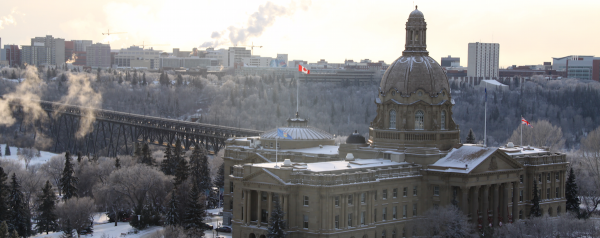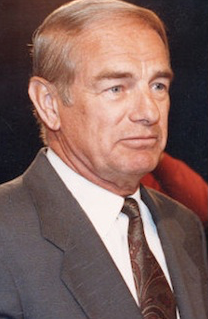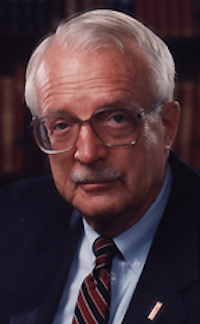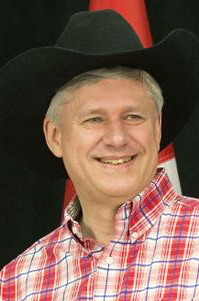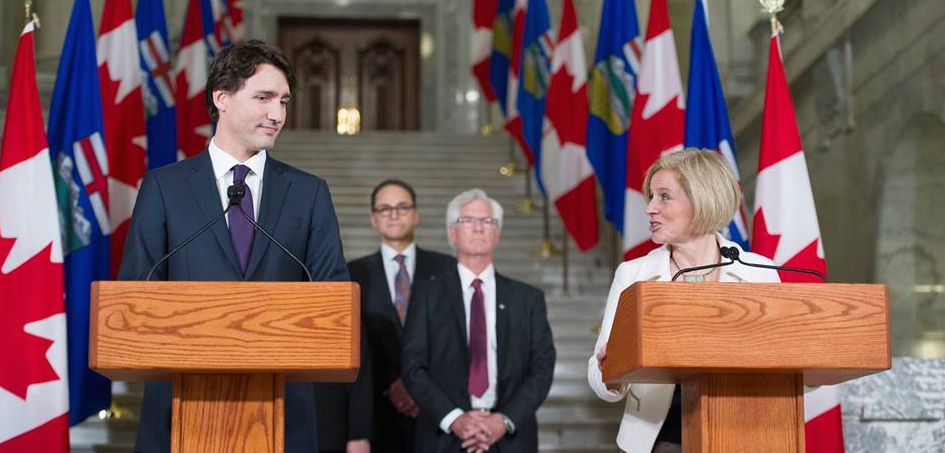Days after the Alberta New Democratic Party was elected with a majority government in 2015, I wrote a column outlining the promises made in the party’s election platform to improve ethics in government. One year later, here is a look at those six platform points and whether the NDP have kept their promises to implement them.
(2.1) We will ban both corporate and union donations to political parties.
This was the first law passed by the NDP after they formed government. Introduced by Justice Minister Kathleen Ganley, Bill 1: An Act to Renew Democracy in Alberta banned corporate and union donations to provincial political parties in Alberta. The received unanimous support in the Legislature and retroactively came into effect on June 15, 2015.
It is banned provincially and federally but it is still legal for corporations and unions to make financial contributions to municipal election candidates in Alberta. There is still time for the NDP to amend the Local Authorities Elections Act to ban these donations before the October 2017 municipal elections.
(2.2) We will make infrastructure decisions and priorities transparent with a public “infrastructure sunshine list,” so that funding goes to build the most important projects rather than to promote the political fortunes of the PCs.
A promise made by Premier Rachel Notley at a campaign stop in Calgary on April 17, 2015. An NDP press release at the time said that “[t]he list will indicate how projects are prioritized, including the standards used to make the decisions, and will identify when and how changes are made to those priorities.”
Infrastructure Minister Brian Mason said in July 2015 that a list would be released soon but by November 2015 he told reporters that an “artificial order” of priority might create too much animosity between municipalities. The NDP still have until 2019 to implement this promise but I suspect they have decided the political blowback from municipal governments and school boards would cause more trouble than it is worth for the provincial government.
(2.3) We will strengthen the Conflict of Interest Act to prevent MLAs from using their position to benefit their own financial interests or that of political friends, and to strengthen cooling-off periods for former political staff. We will also expand the application of the Act to apply to all senior staff of all of our province’s agencies, boards and commissions.
The Select Special Committee on Ethics and Accountability was created in 2015 to review the Conflicts of Interest Act, the Election Act, the Election Finances and Contributions Disclosure Act and the Public Interest Disclosure (Whistleblower Protection) Act.
The committee is chaired by Fort Saskatchewan-Vegreville NDP MLA Jessica Littlewood and is composed of 10 NDP MLAs, 5 Wildrose MLAs, and one Progressive Conservative, Liberal and Alberta Party MLA. The committee is expected to submit its recommendations for amendments to the Acts in September 2016. A motion introduced by Alberta Party MLA Greg Clark to extend the committee’s mandate until March 2017 failed last week.
(2.4) We will amend the Elections Act to prohibit MLAs from using government resources during elections and we will ensure the Chief Electoral officer can effectively investigate breaches of the Act.
This could be included in the Special Select Committee for Ethics and Accountability recommendations expected to be completed in September 2016. A private members’ bill introduced by Drumheller-Stettler Wildrose MLA Rick Strankman in 2016 that would ban government advertising during election periods was referred to this committee.
(2.5) We will extend the sunshine list to include our province’s agencies, boards and commissions.
Bill 5: Public Sector Compensation Transparency Act was introduced by Ms. Ganley on November 5, 2015 and came into effect on December 11, 2015. This bill extended the sunshine list to require compensation disclosure for certain employees who work for agencies, boards and commissions, public post-secondary institutions, Offices of the Legislature and provincial health authorities.
(2.6) We will respect the independence of all-party committees, and will work to respect and maintain the independence and adequate funding of the Officers of the Legislature, such as the Auditor General.
This is a perennial pledge made by opposition politicians that in practice is difficult to prove when the party forms government. When the NDP won a majority government on May 5, 2015, they also won a majority majorities on the all-party committees of the Legislature. Like all majority governments, they are using their majority to push forward their agenda at the committee level.
As long as our legislative system is dominated by the government leadership it is unlikely that MLAs committees will actually be independent of influence from the Premier’s Office. There is little evidence to suggest that MLA committees are now controlled any more or any less than they were under the previous PC Party government.
Funding for the eight Offices of the Legislature has decreased by $26,300,000 from $152,407,000 in 2015-2016 to $126,107,000 in 2016-2017, largely due to a decrease in funding for the Office of the Chief Electoral Officer (because the next election is not expected to be held until 2019).
Ethics Commissioner Complaints
Responding to a request by Rimbey-Rocky Mountain House-Sundre Wildrose MLA Jason Nixon, Ethics Commissioner Marguerite Trussler investigated allegations that two fundraisers attended by Ms. Notley were in violation of the Conflicts of Interest Act. Ms. Trussler’s report concluded that Ms. Notley was not in breach of the act with respect to either of Mr. Nixon’s complaints.
Questions have been raised about the results of another investigation made by Ms. Trussler into allegations that former PC Finance Minister Robin Campbell had violated the Conflicts of Interest Act through his activities as President of the Coal Association of Canada. Political strategist Corey Hogan penned a letter to Ms. Trussler asking for clarification of how she interpreted the Act in this investigation.
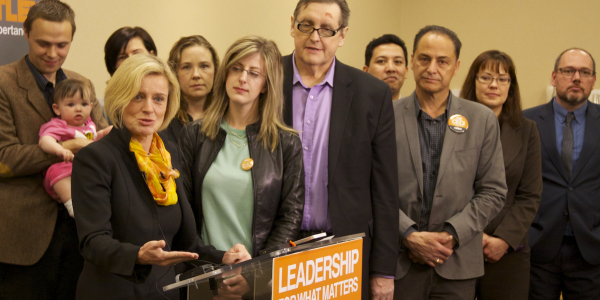



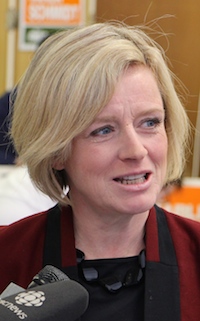
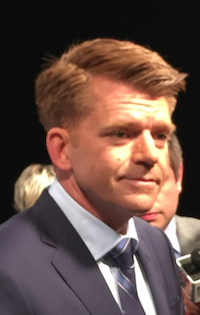
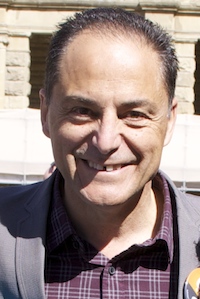
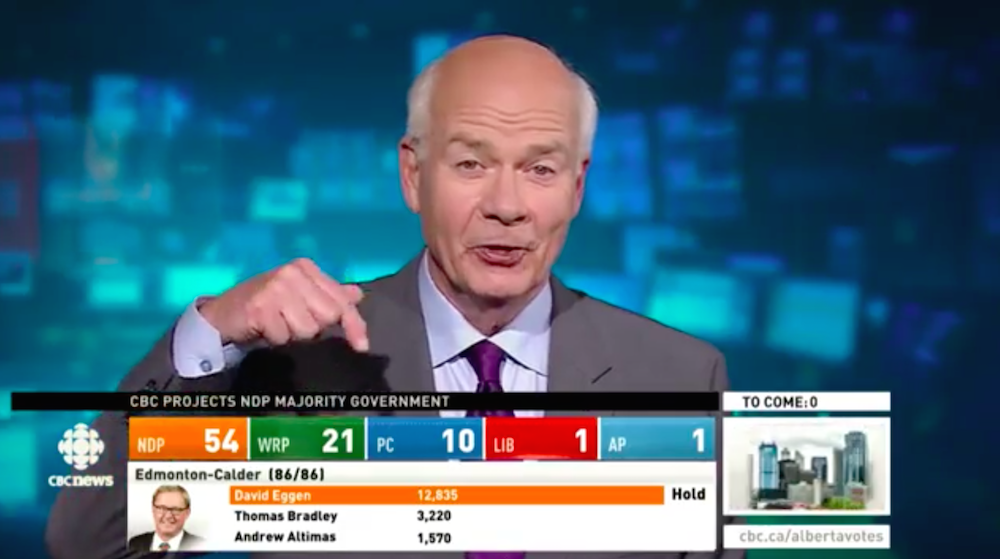
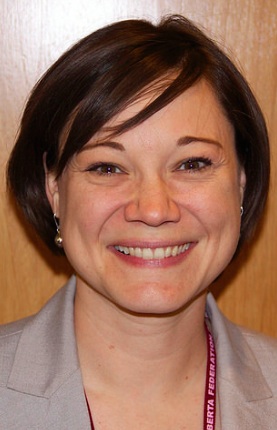
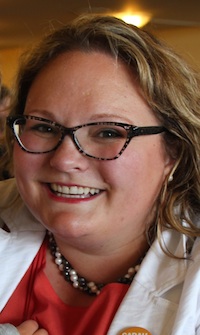
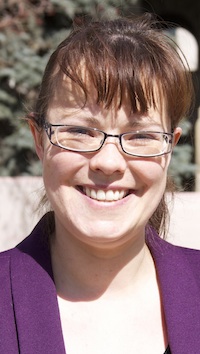


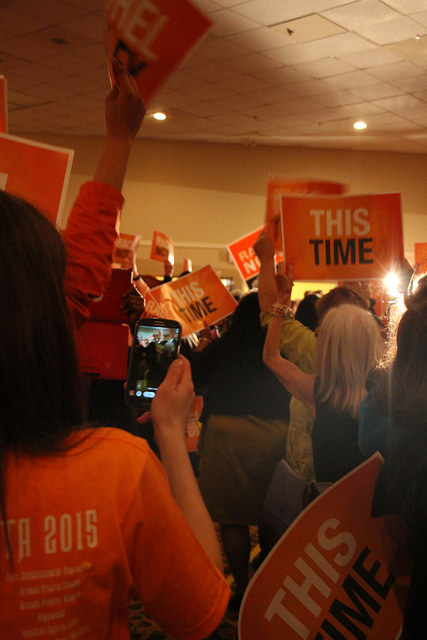 An NDP rally
An NDP rally 
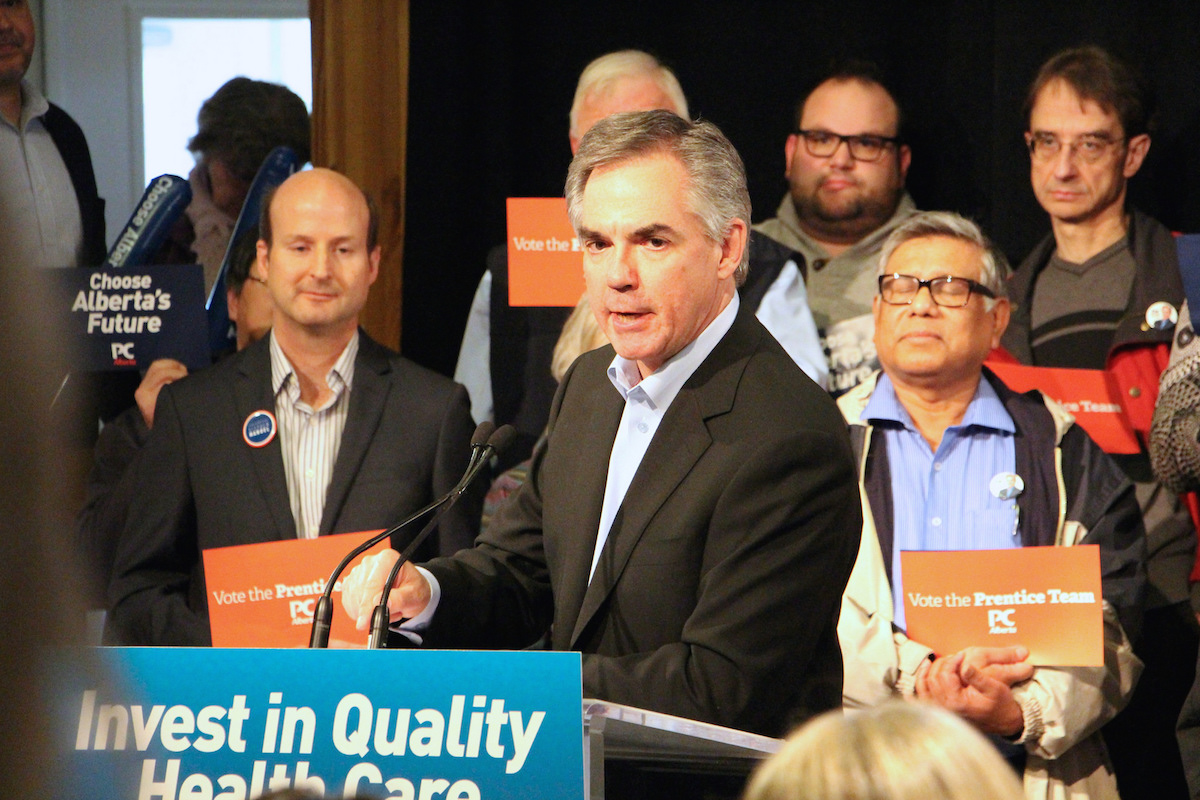


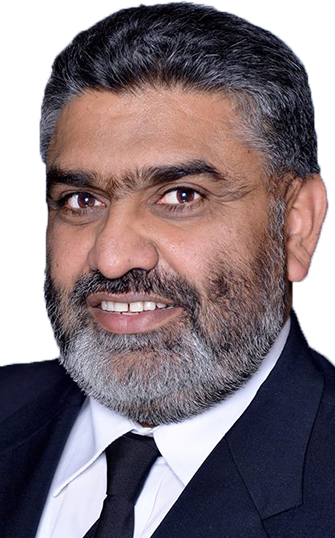


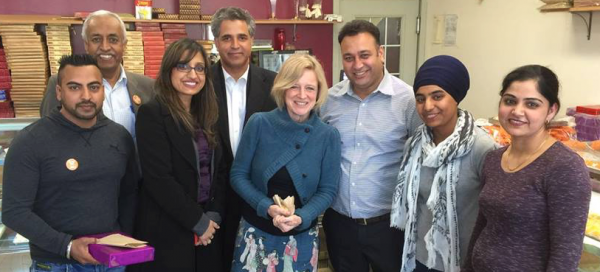
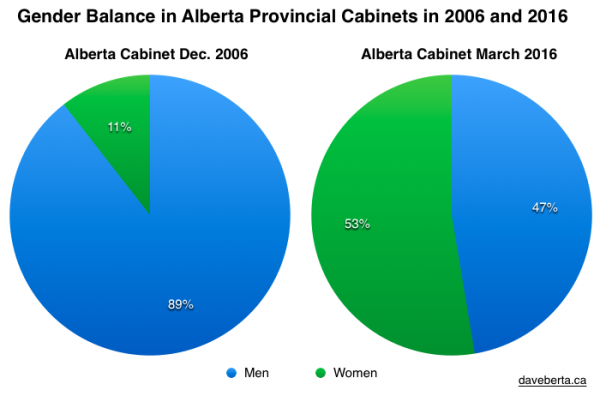
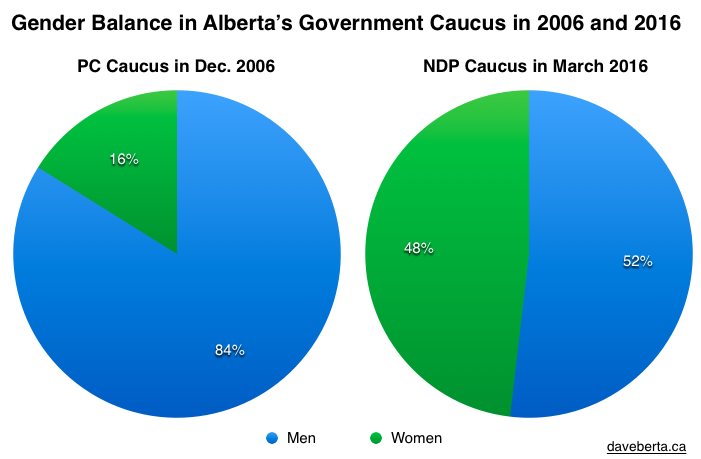 Because of the 2015 election, Albertans witnessed a dramatic increase in the number of women represented in the highest offices of our province. Nearly half, twenty-six of the fifty-four NDP MLAs are women, the highest percentage in Alberta’s history.
Because of the 2015 election, Albertans witnessed a dramatic increase in the number of women represented in the highest offices of our province. Nearly half, twenty-six of the fifty-four NDP MLAs are women, the highest percentage in Alberta’s history. 